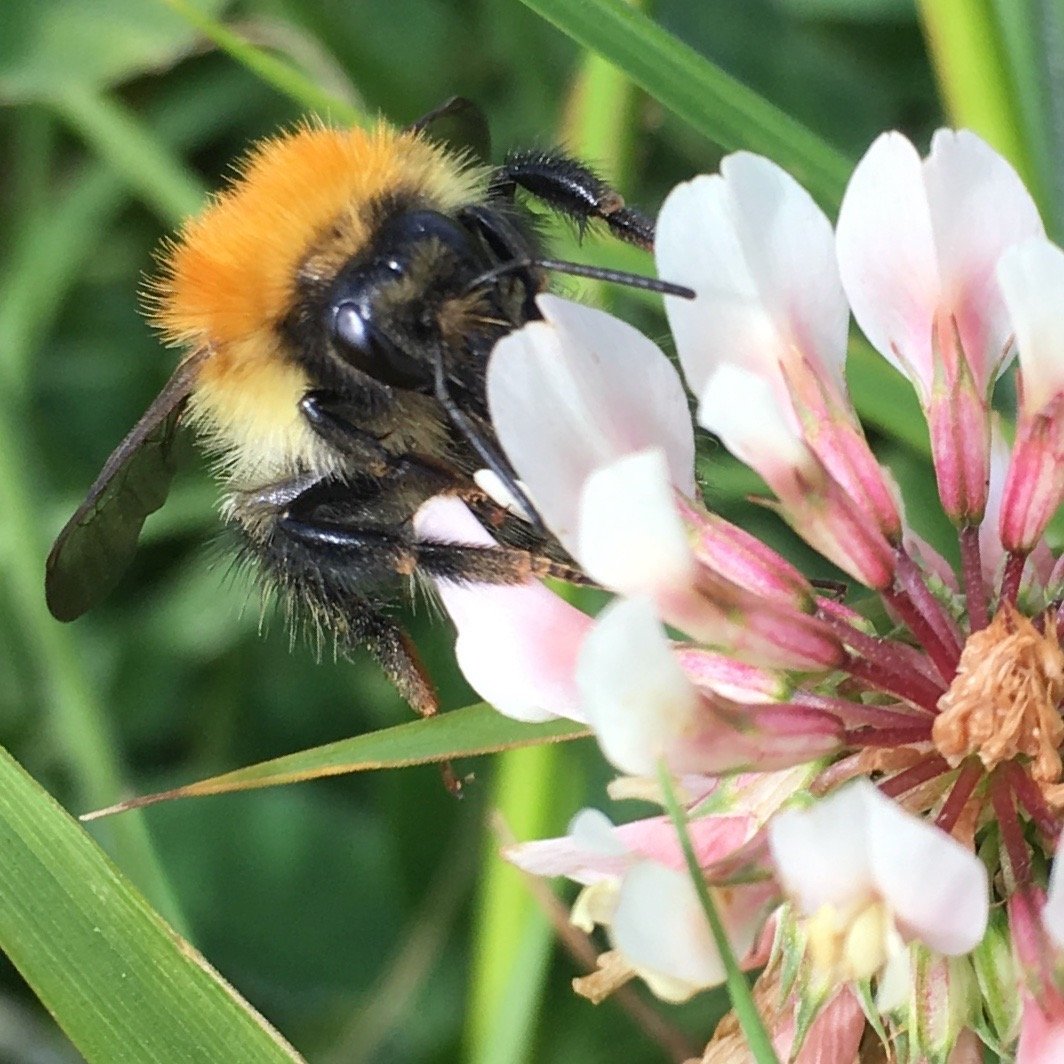The Ultimate Guide to Garden Biodiversity
Although I have a lifelong interest in ecology and biodiversity, and have been designing gardens with the goal of maximising these for my entire career, I feel that sometimes there can be a difficulty in concisely explaining exactly how you can increase biodiversity when designing a garden. Indeed it was just this question which was the genesis of an idea to put this onto a more solid footing within our garden design studio.
I think for many people increasing garden biodiversity has relied on the maxim ‘build it and they will come’. We ‘know’ what increases biodiversity - ponds, meadows of wild flowers, and wildlife habitat boxes form the mainstay in people’s minds but at Haddon Studio we also understand the importance of complex, layered, planted habitats and eco-tones (the points where two different habitat types intersect).
In her 30 year study within her own garden on the outskirts of Leicester, Jennifer Owen demonstrated that if you look hard enough a modest garden with lawn, shrubs, planting beds, and productive area (and one certainly not maintained solely for biodiversity) may attract more than 2,673 species.
The simple actions you can take in your own garden are part of a blog we wrote a few months ago on biodiversity and the lazy gardener - by which we really mean time-poor people who want to make a quick and positive impact on their local wildlife as opposed to being ‘lazy’! These include such ideas as mowing less frequently, tidying up less often, and avoiding introducing poisons to the garden.
At their very heart, gardens are essential reservoirs of biodiversity - even if they are not actively managed or created as such. However, simply designing a garden to have more planting and layered interest will achieve a biodiversity increase, contributing to the very real efforts to halt and reverse biodiversity declines across the globe.
For those who want to do more, and to more actively encourage garden biodiversity, we have been writing a range of expert advice to help you to understand what you can do and how you can do it - making your garden into a place where people and nature can co-exist.
The starting point would be our Expert Guide to Biodiverse Gardens which takes you through gardening for nature and how to encourage biodiversity by design.
This Expert Guide is a starting point for those people who want to find out more about biodiverse gardens and how to create them - and as such is a slightly longer read.
It provides advice from gardening without poison (be that herbicide or pesticide - or fungicide on roses - which repeats what was mentioned above but that repetition highlights how important this is), to selecting the right plants for your garden, changing how we view ‘weeds’, and including ‘cues-to-care - so that a perceived semblance or order is created and maintained.
The topic of garden biodiversity is though too large to contain in a single guide. We have therefore been writing on this topic for a while and a range of different aspects can be found in other guides that we have produced.
For example our Expert Guide to Naturalistic Planting tries to demystify the balance between a created and managed planting whilst having it appear to be much more naturally evolved within the garden. Like so many garden related phrases ‘naturalistic planting’ can mean different things to different people so we try to break it down as simply as possible.
Similarly our blog post on Native plants to find space for… in the wildlife friendly garden, gives plenty of advice on how to let what some would consider weeds to colonise and add interest and diversity to your garden - all whilst connecting it to the natural world around it. The whole point of doing this is to bring in wildlife (who will feed on, reproduce on, or live by the plants that you leave); therefore additional planting for insects, and the importance of pollinators is essential [for which we will be producing a more detailed guide soon] as is a sensible approach to providing wildlife habitats - from bird boxes to hibernacla - for those keen to attract specific creatures into their gardens [again with a more detailed guide coming soon].
Linked closely with the importance of biodiversity, and often dealt with hand-in-hand, is Sustainability - and specifically Sustainability in the context of garden design. This looks beyond what we can do for resident wildlife and instead considers what we can do to protect the planet as a whole from over-consumption and unconsidered decisions.
Finally, for those enquiring minds interested in how we actually approach the design of biodiverse gardens at Haddon Studio more information can be found on our company biodiversity page, Biodiversity at Haddon Studio - which details our high level plans when we come to a new garden and are asked to design it.
As you can see we write widely on this topic and will soon be adding here our articles written for members of the landscaping industry and published in Pro-Landscaper magazine in January - March 2023 on the three ‘R’s’ of creating biodiverse gardens and landscapes - Retain, Revise, and Replace; for now the first of these can be viewed directly in January 2023’s ProLandscaper magazine.


